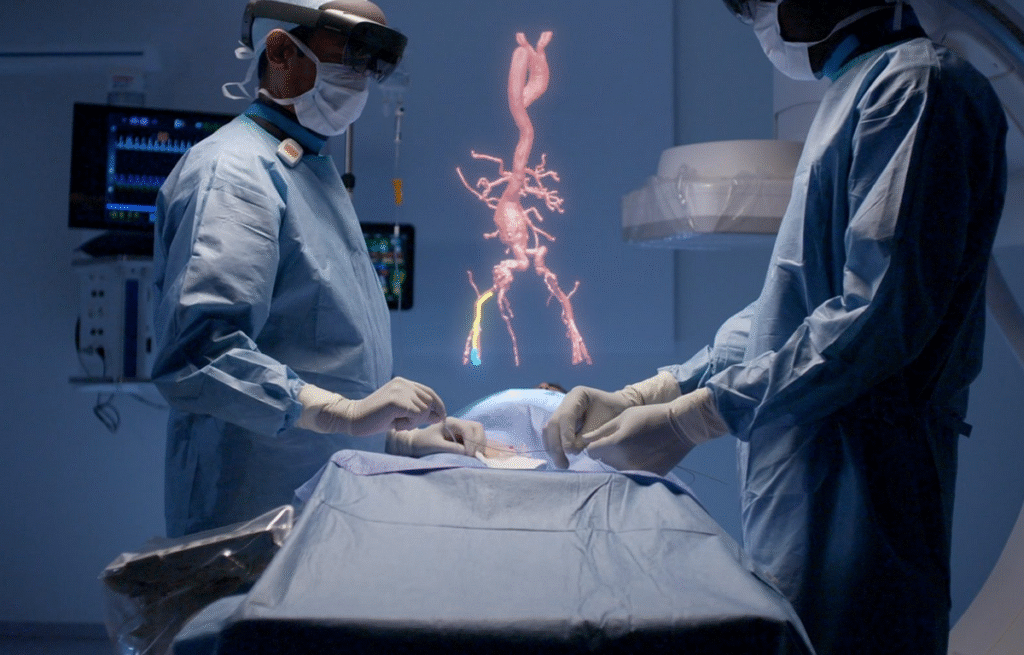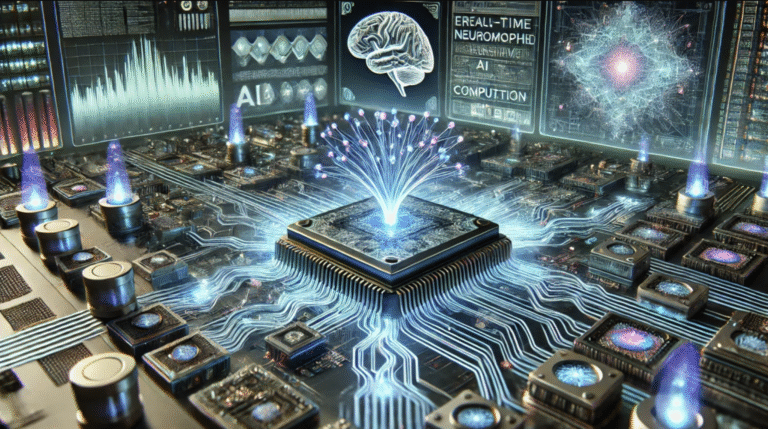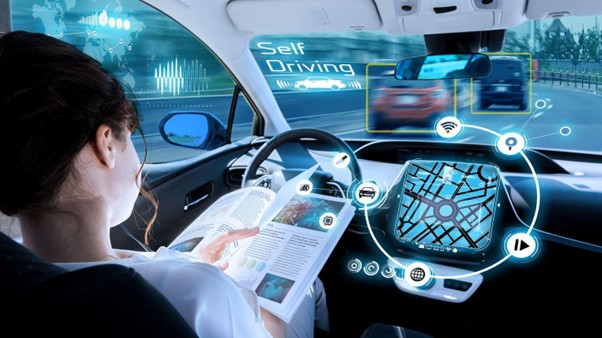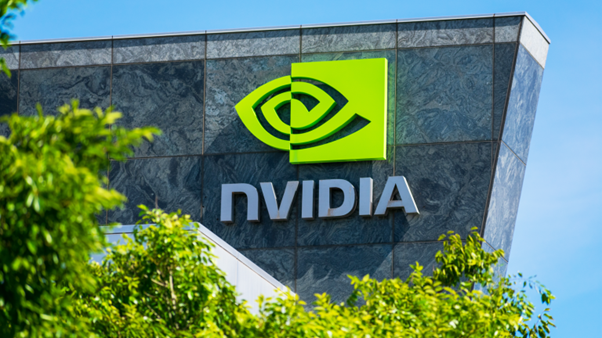Unlock the power of Extended Reality (XR) and Spatial Computing—game-changing tech blending virtual and physical worlds. Discover how VR, AR, and MR revolutionize gaming, education, and healthcare, and what’s next for the metaverse. Perfect for Millennials and Gen Z!
Introduction
Picture this: you’re slaying dragons in a virtual reality (VR) world, exploring ancient ruins via augmented reality (AR) on your phone, or collaborating in a mixed reality (MR) workspace that feels real. This is the magic of Extended Reality (XR) and Spatial Computing, technologies redefining how we live, work, and play. For Millennials craving cutting-edge experiences and Gen Z thriving on digital innovation, XR is your ticket to a future where the digital and physical merge seamlessly.
Extended Reality (XR) encompasses Virtual Reality (VR), Augmented Reality (AR), and Mixed Reality (MR), creating immersive or enhanced environments. Spatial Computing powers these by using AI, sensors, and computer vision to map digital content onto real-world spaces, making interactions intuitive [1]. This blog dives into how XR and Spatial Computing are transforming gaming, education, and healthcare, their real-world applications, and what the metaverse holds for the future.
What Are Extended Reality (XR) and Spatial Computing?
Extended Reality (XR) is a catch-all term for technologies that blend or replace reality:
- Virtual Reality (VR): Fully immersive digital worlds, like gaming in Beat Saber.
- Augmented Reality (AR): Digital overlays on the real world, like Pokémon Go.
- Mixed Reality (MR): A hybrid where digital and physical objects interact, as seen in Microsoft HoloLens [2].
Spatial Computing enhances XR by using computer vision, sensors, and AI to anchor digital content to physical spaces. Think of it as the tech that makes AR filters on Snapchat feel so natural or lets you place virtual furniture in your room via IKEA’s app [1]. For Millennials and Gen Z, who love seamless tech, this means more intuitive, immersive experiences [3].
Real-World Applications of XR and Spatial Computing
XR and Spatial Computing are reshaping industries, offering interactive experiences that vibe with tech-savvy generations. Here’s how:
Gaming

XR is a game-changer for gaming, delivering adrenaline-pumping experiences. VR titles like Half-Life: Alyx plunge players into 360-degree worlds, while AR games like Pokémon Go blend digital characters with real-world adventures. The XR gaming market is set to hit $18 billion by 2023, fueled by Millennials and Gen Z’s love for immersive play [4]. Whether you’re a Gen Z mobile gamer or a Millennial VR enthusiast, XR makes gaming unforgettable.
Education

XR is revolutionizing education by making learning fun and interactive. VR lets students take virtual field trips to the Pyramids or explore the human body in 3D. AR apps overlay educational content, like 3D math models, onto textbooks. Studies show XR boosts retention—students remember 90% of what they experience versus 20% of what they see [5]. For Gen Z, who value dynamic learning, and Millennials, who embrace tech-driven solutions, XR makes education accessible and engaging.
Healthcare

In healthcare, XR is saving lives. VR trains surgeons in risk-free virtual environments, reducing reliance on cadavers [6]. AR assists during surgeries by displaying patient vitals in real time. VR therapy also helps patients manage pain or phobias, offering innovative care that resonates with Millennials seeking holistic solutions and Gen Z prioritizing efficiency [6].
Table 1: Applications of XR Across Industries
| Industry | XR Application | Example |
|---|---|---|
| Gaming | Immersive worlds and real-world integration | Beat Saber, Pokémon Go |
| Education | Virtual field trips, 3D learning | Virtual museum tours |
| Healthcare | Surgical training, therapy | VR surgery simulators |
The Future of XR and Spatial Computing
The future of XR and Spatial Computing is electric, with trends that’ll blow your mind:
- AI Integration: AI will personalize XR experiences, like tailoring VR training based on your performance [1].
- Affordable Hardware: Lighter, cheaper headsets like Meta Quest 3 and Apple Vision Pro will make XR mainstream [2].
- The Metaverse: Virtual spaces like Meta’s Horizon Worlds will redefine socializing and work, with 25% of people predicted to spend an hour daily in the metaverse by 2030 [3].
- Remote Collaboration: XR will make virtual meetings feel like in-person hangouts, perfect for hybrid work [4].
But challenges like privacy, cost, and accessibility remain. Ensuring XR is inclusive will be key to its success, especially for Millennials and Gen Z, who value equity and innovation.
Conclusion
Extended Reality (XR) and Spatial Computing are more than buzzwords—they’re the future of how we connect, learn, and play. From VR gaming to AR education and healthcare breakthroughs, these technologies are creating a world where digital and physical boundaries fade. As AI, metaverse, and hardware evolve, XR will become a daily staple for Millennials and Gen Z. Ready to dive in? The XR revolution is calling—grab your headset and join the ride!
References
[1] Persistent Systems, “Spatial Computing for Next-Level Immersive Extended Reality (XR) Experiences,” [Online]. Available: https://www.persistent.com/blogs/spatial-computing-for-next-level-immersive-extended-reality-xr-experiences/
[2] Autodesk, “What is XR? Understanding Extended Reality,” [Online]. Available: https://www.autodesk.com/design-make/articles/what-is-xr
[3] AIMultiple, “Extended Reality (XR) in 2025: Complete Guide,” [Online]. Available: https://research.aimultiple.com/what-is-xr/
[4] Rock Paper Reality, “10 Applications of Extended Reality,” [Online]. Available: https://rockpaperreality.com/insights/ar-use-cases/10-applications-of-extended-reality/
[5] Verizon, “The Benefits of Extended Reality in Education,” [Online]. Available: https://www.verizon.com/business/resources/articles/s/the-benefits-of-extended-reality-in-education/
[6] Softweb Solutions, “Top 5 Use Cases of Extended Reality in Healthcare Sector,” [Online]. Available: https://www.softwebsolutions.com/resources/extended-reality-in-healthcare-sector.html
- Image 3: A surgeon using AR glasses to view real-time data during surgery. Alt text: AR healthcare application in surgery.









